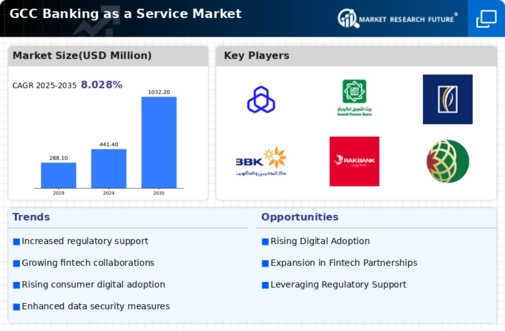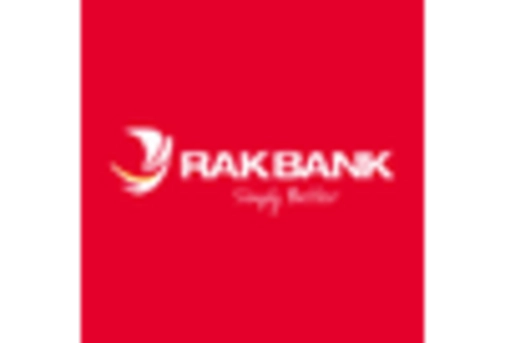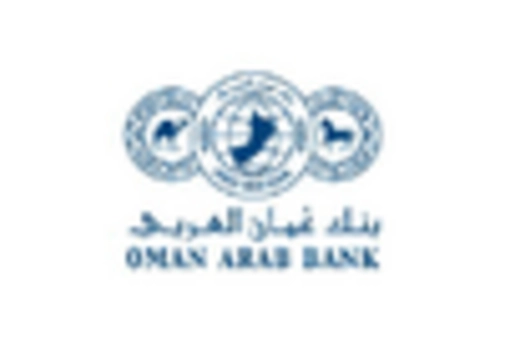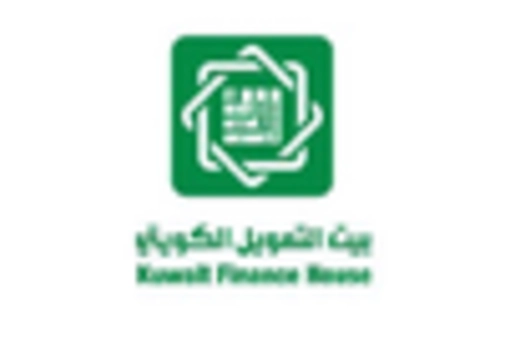The GCC Banking as a Service Market has witnessed significant transformation in recent years, driven by rapid digitalization and the demand for enhanced customer experience. This sector is characterized by a growing number of fintech startups collaborating with traditional banks to leverage their infrastructure and regulatory framework, creating opportunities for comprehensive financial services. The competitive landscape is increasingly dominated by both established banking institutions and emerging players aiming to innovate and diversify their offerings. The market's competitive insights reveal a focus on delivering customized solutions for various customer segments, which encourages greater competition and drives innovation in service delivery methodologies.
Furthermore, strategic alliances and partnerships have become pivotal as financial entities seek to expand their footprints in this evolving landscape.Gulf Bank has established a robust presence within the GCC Banking as a Service Market, leveraging its strengths in both technology and customer relationships. The bank's commitment to digital transformation is evident in its ongoing investments in innovative platforms that facilitate seamless banking experiences for users. Gulf Bank focuses on enhancing its product offerings with services such as digital account opening, payment solutions, and financial planning tools that cater to the specific needs of a diverse customer base.
This forward-thinking approach positions Gulf Bank as a strong player in the highly competitive GCC environment, allowing it to maintain and grow its market share while enhancing customer loyalty through enhanced service delivery and user experience.Al Rajhi Bank has emerged as a significant contender in the GCC Banking as a Service Market, benefiting from its extensive network and strong brand reputation. The bank provides a variety of financial products and services, focusing on Islamic banking principles, which resonate well with the preferences of a large segment of the regional population.
Al Rajhi Bank's strengths lie in its comprehensive digital banking solutions, which include mobile banking, online services, and personalized wealth management. The bank has demonstrated proactive expansion strategies, including partnerships and collaborations aimed at enhancing its product offerings and improving service efficiency. By strategically engaging in mergers and acquisitions, Al Rajhi Bank has been able to bolster its market presence and diversify its service suite, further solidifying its position within the competitive landscape of the GCC region.



















Leave a Comment